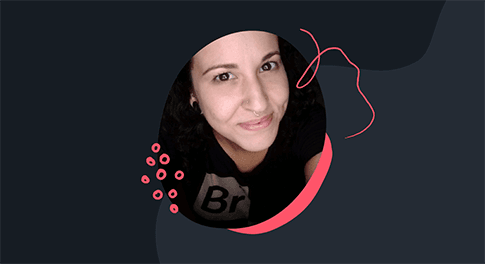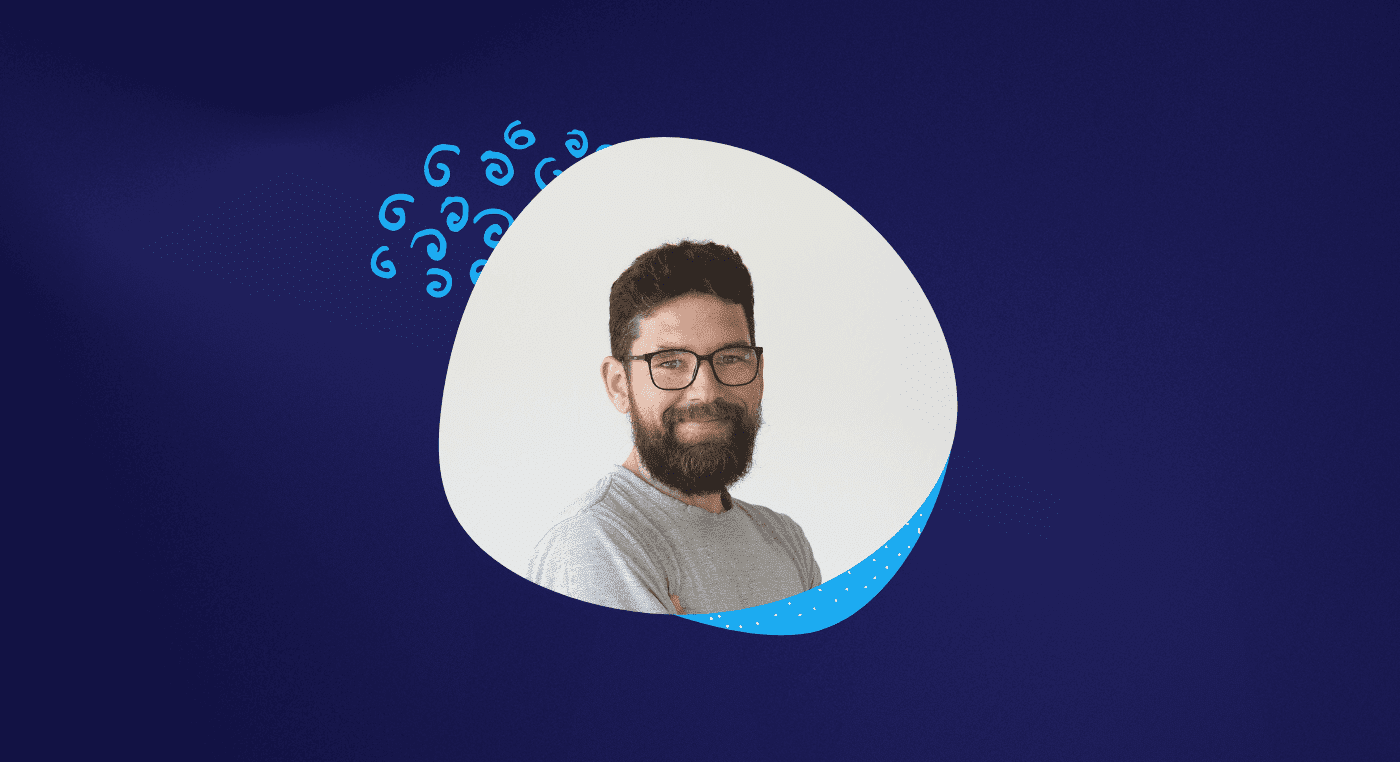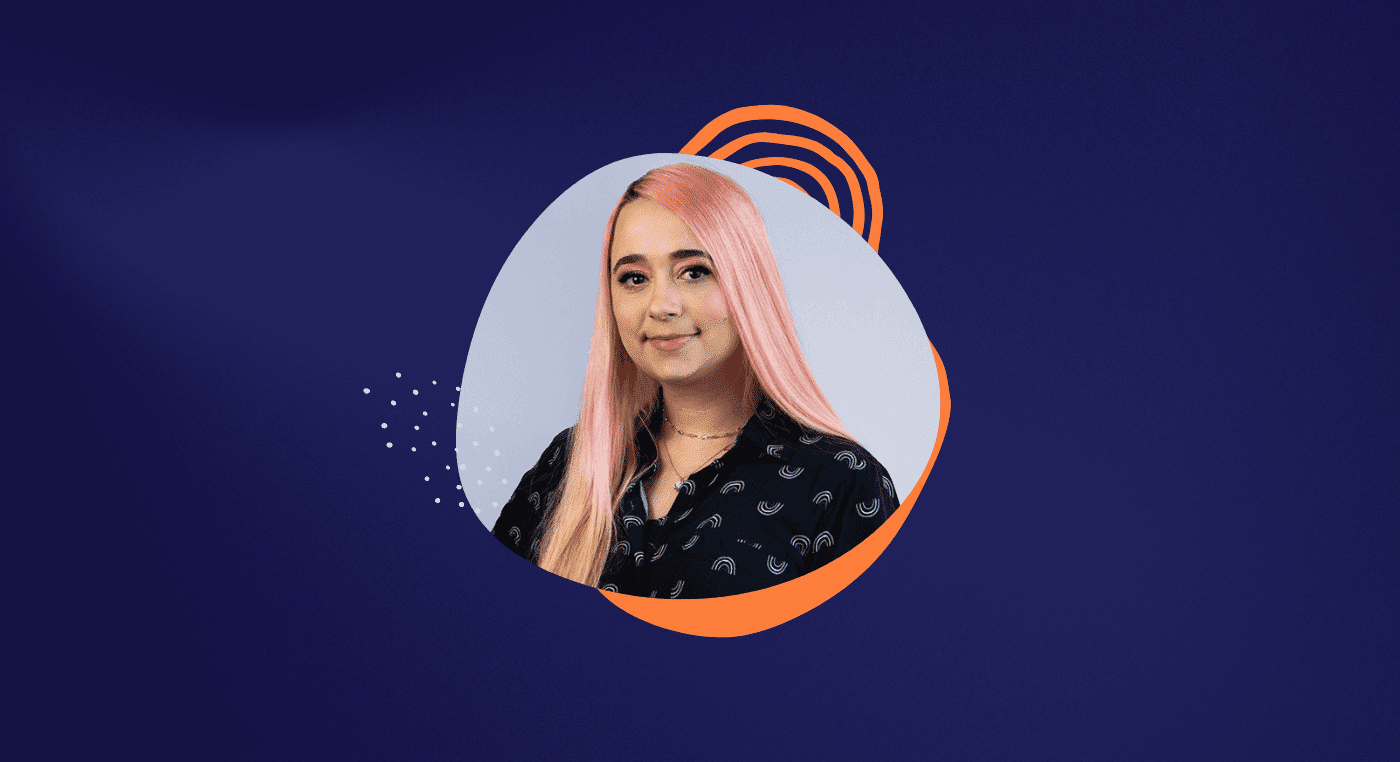In this interview, we have the pleasure of speaking with Amanda Damasceno, one of our talented students who made a remarkable career shift from Graphic to Product Design.
Amanda shares her personal journey, detailing the challenges she encountered and the steps she took to secure her first job as a Product Designer.
Her experiences offer valuable insights for anyone considering a similar transition or seeking inspiration in UX Design. Join us as we explore Amanda's story, gaining valuable lessons and unique perspectives!
Amanda, tell us a little about your career path to secure a job in Product Design
I got my degree in graphic design in 2014. I had always worked in the graphic field, with publishing, advertising, and campaigns, and I had never been very interested in the digital area.
Then I discovered the Mastering Interface Design (MID) program, and now I’m officially in the UX industry.
I am originally from Recife, and although here the UX field is much smaller than in São Paulo, there are still many companies and opportunities in the tech world.
Reading Tip: UX Design In High Demand
What was your routine like when you worked with Graphic Design?
It was great! I always enjoyed my work as a graphic designer. However, since transitioning to Product Design, I've found myself more immersed in the strategic aspects of the company.
While we still touch upon the user perspective in our campaigns, it's not as prominent as it used to be. I've noticed a significant difference in this regard.
My time in the agency was quite hectic. I was primarily involved with a publishing company, and the nature of the work was more hands-on rather than strategic.
Over time, I started feeling a sense of stagnation, as if the field was at a standstill. It was this perception that sparked my desire to transition into UX Design.

What was your biggest challenge in transitioning to Product Design?
What I've noticed is that our work now revolves much more around the strategic aspects, particularly in terms of conducting research and engaging with people. I always worked with my headset, and nowadays, I don't.
I have been working at the Fast Technological Solutions company, in Recife, for two weeks now, and I haven't stopped for an hour to listen to music because I am thinking all the time. This is such a big difference, having to talk to people and communicate more with other departments.
One aspect that has been particularly challenging for me is the technical aspect, especially when it comes to measurement. Dealing with pixel resolution and screen density variations can be quite complex, and I initially found myself a bit confused.
Reading Tip: 11 Fears That Hinder Your Transition to a Career in UX Design
How is the new job role going?
We have our own products there. It is a software factory that also provides consulting in technology and innovation.
I am assigned to a project of my own where I handle various responsibilities. This includes managing tasks, schedules, and even some financial aspects. I am accountable for the design work, as well as for developing new features and overseeing other related aspects.
How was the process for securing your first job role in Product Design?
I worked for almost two years in a publishing company, where I worked on retail and cosmetic catalogs.
Then the Mastering Interface Design (MID) program happened, which came up during lunch with a friend. I told him that I was feeling stagnant in my work, and he said that UX was a field with many opportunities and introduced me to Aela.
I usually think long and hard before buying anything, but this time, within a week I had already signed up. I started the program in July 2017, and three months later, I already started working in a disease detection startup.
I didn't get into the UX area, but I'm sure that the program helped me make that change because even though I got into marketing, I got to design two websites while I was there.
After I left the startup, I focused on studying. During this period, I started to do my coursework, work harder, and do some personal projects.
In this last selection process for the current position I am in, they started with a design challenge. They asked me to redesign a screen in three hours. After a few days, I was called for an interview, which was great, and soon after, I was invited to start.
Reading Tip: Redesign: Adding Case Studies to Your UX Portfolio
What is the team structure like at this company?
Well, there was only one designer there before. Now, I am the second one. There are a few others, but they are more client-oriented. This designer has a lot of experience, so he is kind of like a mentor to me, even though he is not my supervisor.
It's very good to have someone who understands and that I can be inspired by. Also, with the developer who is in the same room, every conversation is a great learning experience. Especially because I feel that we need to work together to understand and develop a better design for the user.
I had an interview before at this company, but it was to work alone as a Designer. I didn't feel ready yet, and having one person working with me was exactly what I wanted, someone to go along with me.

Please tell us what it was like to create your Product Design portfolio
It's amazing that in the MID, even in level zero, we get to make a version of some websites, like the Wikipedia case study. It's really humbling to look at it now because I think mine was awful! I look at my old work, and it is clear how much I have evolved since then.
It's a new world; there are other guidelines, another mindset. I began the coursework and as you always say, "applying the process and describing as much as possible" since in UX, what matters most is how you arrived at that solution to the user's problem, not just the final design.
This is the best way to show companies how you think and that you can deliver a design that works.

Reading Tip: UX Design Portfolio: 6 Essential Tips for Building Yours
What advice would you give to someone who is looking to work as a UX or Product Designer?
I don't think anyone necessarily needs a course. Nowadays, you can learn all the basic content online. But for me, in this case, it was different.
With the program, you have a mentor, someone who guides you through the right path.
Aela’s mentoring made all the difference for me. Getting feedback on what I am doing right or wrong and how I can improve was crucial. I also found the interviews with the professionals you do here very important. It really opened my mind.
The most important thing is that person leading you to the right path. You can get lost on the internet, not knowing where to go.
But with the program, you get a clear direction. It really opens your mind to another world, because it's quite a lot.
Reading Tip: 11 Reasons that Make the MID an Incredible UX/Product Design Program

And what are your plans for the future?
I don't want to be a junior anymore! I want to learn a lot and spend more time in the company I'm in to really improve and develop my skills further.
What is your advice for those who want to transition to UX and Product Design?
The advice I give is that if you have the chance, take the Mastering Interface Design program. You might be able to study without it, but with the program, you'll have a guiding direction.
Also, read a lot, all the time – about UX/UI and other subjects – always work on projects and try to describe them as much as possible to build your portfolio.







